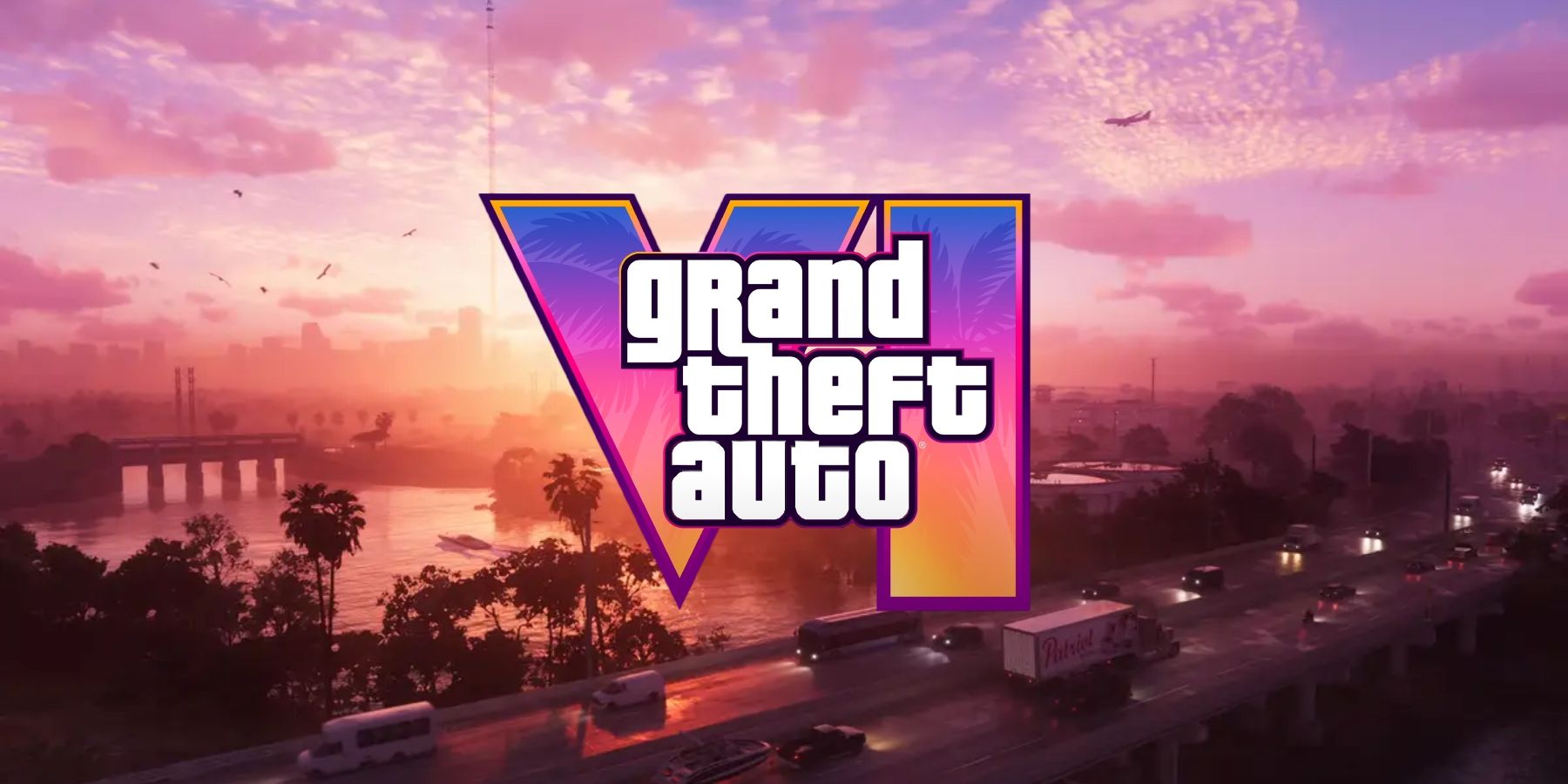Disney Warns YouTube TV Subscribers: Major Channels Could Go Dark Amid Contract Standoff- Walt Disney Co. has warned millions of viewers that its channels could soon vanish from YouTube TV, as tense contract negotiations between the two media powerhouses edge toward a critical deadline.
The dispute centers around a new distribution agreement for Disney’s extensive lineup of channels — including ABC, ESPN, FX, National Geographic, and the Disney Channel — which together make up some of the most-watched programming on American television.
If the two sides fail to strike a deal by October 30, YouTube TV subscribers could lose access to all of Disney’s networks, including major local ABC stations like KABC-TV Channel 7 in Los Angeles, WABC in New York, and other affiliates across the country.
A Growing Rift Between Streaming Titans
YouTube TV, a subsidiary of Google, has become one of the most popular live TV streaming services in the U.S., amassing roughly 10 million subscribers. The service offers packages of traditional TV channels through an online streaming interface, providing an alternative to cable and satellite television.
However, carriage negotiations — the deals that determine how much a streaming service pays to broadcast channels — have increasingly become a source of conflict in the industry. Disney, one of the world’s largest content producers, seeks higher distribution fees to reflect the value of its channels, particularly sports networks like ESPN, which remain top-rated among live TV audiences.
YouTube TV, on the other hand, is under pressure to control costs and prevent subscription prices from soaring even higher for consumers already frustrated by rising streaming fees across platforms.
What’s at Stake for Viewers
If no agreement is reached, YouTube TV subscribers risk losing some of the most sought-after channels in the lineup. The blackout would affect:
-
ESPN and ESPN2 — home to NFL, NBA, and college football broadcasts
-
ABC — a key source for national news, popular dramas, and live events like the Oscars
-
FX and FXX — known for acclaimed shows such as The Bear and American Horror Story
-
National Geographic — offering award-winning documentaries and science programming
-
Disney Channel and Disney Junior — essential viewing for families with kids
Such a blackout could lead to widespread frustration, especially among sports fans who rely on ESPN for live coverage. It could also prompt many users to consider canceling or switching to rival streaming services that continue to offer Disney’s channels, such as Hulu + Live TV — which is, notably, also owned by Disney.
A Familiar Battle in the Streaming Era
This isn’t the first time Disney and YouTube TV have clashed over carriage terms. A similar dispute in 2021 led to a brief blackout of Disney channels on YouTube TV before a last-minute resolution restored service.
The recurring tension reflects a broader trend across the media industry, where traditional cable-style licensing models are colliding with the economics of streaming. As more consumers cut the cord and move online, the balance of power between content creators and distributors continues to shift.
“Every few years, we’re seeing these negotiations go down to the wire,” says media analyst Sarah Gerber. “Both sides are trying to secure their long-term value in a rapidly changing landscape — but it’s the viewers who end up caught in the middle.”
Rising Costs and Industry Pressure
Disney’s demand for higher fees isn’t unusual. As advertising revenues fluctuate and production costs climb, major media companies are increasingly depending on carriage fees from distributors to sustain profitability.
Meanwhile, YouTube TV has already raised its monthly subscription price several times in recent years, now costing around $72.99 per month. Another increase would risk alienating customers, many of whom originally joined YouTube TV to escape the high costs of traditional cable.
Industry experts say both companies have strong incentives to reach an agreement. Disney cannot afford to lose millions of viewers or risk damaging relationships with advertisers. YouTube TV, meanwhile, cannot easily absorb the loss of premium content that keeps its lineup competitive.
What Comes Next
As the October 30 deadline looms, viewers are anxiously awaiting updates from both companies. Disney has already begun issuing warnings on its official channels and websites, encouraging users to contact YouTube TV and “urge them to keep Disney’s networks available.”
YouTube TV, for its part, has acknowledged the negotiations and said it remains “committed to offering the best value and content to subscribers,” though it has stopped short of providing details about ongoing discussions.
If negotiations break down, the blackout could take effect immediately — an outcome that could reignite debates about the sustainability of live TV streaming bundles and the future of digital entertainment distribution.
Bottom Line
The Disney–YouTube TV standoff is a reminder that the streaming era hasn’t eliminated old cable problems — it’s merely moved them online. As both sides push for better terms, millions of paying subscribers remain in limbo, waiting to see whether their favorite channels will vanish overnight.
Until a deal is struck, viewers can only hope that the companies find common ground before the October 30 cutoff — or prepare to see screens go dark on some of television’s biggest brands.
Antimicrobial Resistance (AMR): Regions, Risk Factors, and What You Can Do About It | Maya


:max_bytes(150000):strip_icc()/Fantastic-Four-041725-6a337a9d1820464285e4a36ea0a2077f.jpg)

